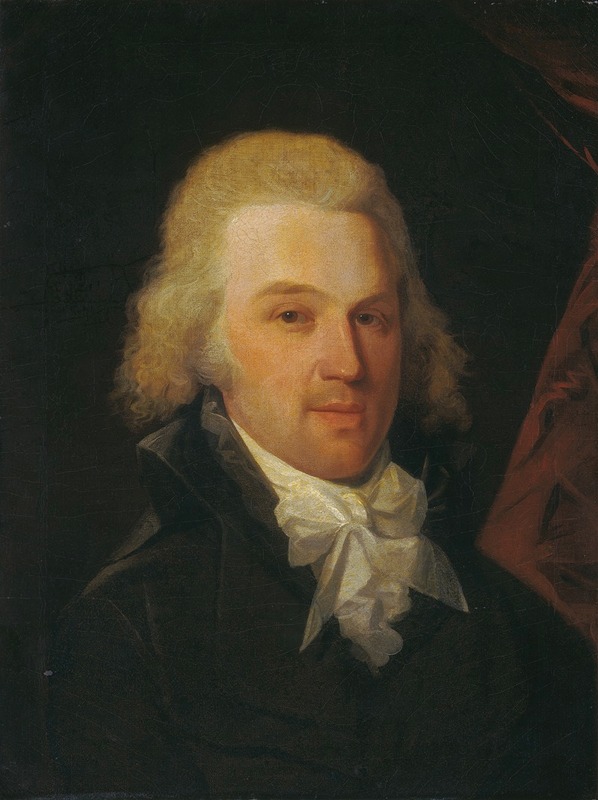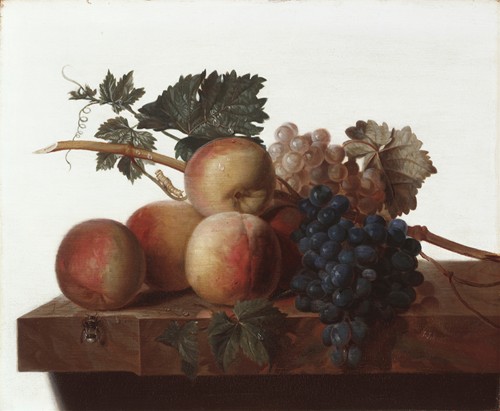
John Johnston was born in Boston c. 1753, the son of engraver and decorative painter Thomas Johnston (c. 1708-1767). Of four brothers who became painters, John Johnston was the most talented. He was apprenticed after his father's death to coach and heraldic painter John Gore. In 1773 he joined his brother-in-law Daniel Rea, Jr. in the painting firm of Johnston and Rea, a continuation of his father's business. Account books of the firm (Baker Library, Harvard University Business School) indicate that much of his work was decorating clock faces, furniture, fire buckets, coaches, and other objects. Johnston served in the continental army during the Revolutionary War, was severely wounded at the battle of Long Island in 1776, and was imprisoned by the British for about a year. On his return to Boston, he continued the partnership with Daniel Rea until 1787, when he established himself as a portrait painter.
By 1795 Johnston was renting John Smibert's former painting studio. He was one of the few portrait painters in Boston before Gilbert Stuart's arrival in 1805, and is listed as a portrait painter in Boston city directories through 1808. His compositions derive from an already well-established tradition of Massachusetts colonial portraiture, primarily the work of John Singleton Copley. Johnston died in Boston in 1818.

